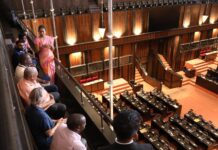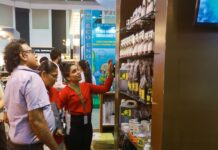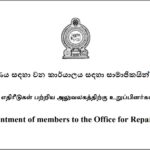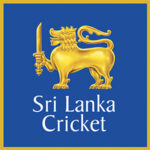The economy is on a growth path and poised to achieve a growth rate of around five per cent by the end this year despite the Covid-19-induced setbacks to certain key sectors of the economy, said Central Bank Governor, Prof. W. D. Lakshman in his introductory remarks on the bank’s monetary policy stance.
He said the fiscal stimulus measures and the rapid vaccination drive would support the economic growth envisaged by the bank.
The economy is on a recovery path despite the pandemic related disruptions. Supported by fiscal and monetary stimulus measures, the economy is gradually making headway following the setback last year, the Governor said.
The economy notched a stronger than expected recovery during the first quarter this year, recording a real growth of 4.3 percent, year-on-year.
The economy is poised to record a higher growth rate during the second quarter of this year, partly due to the sharp contraction observed in the corresponding quarter of the previous year.
However, he noted possible disruptions to domestic economic activity from the re-emergence of the COVID-19 pandemic and related preventive measures could weaken the recovery to some extent during the second half of this year.
The Monetary Board of the Central Bank decided to increase the Standing Deposit Facility Rate (SDFR) and the Standing Lending Facility Rate (SLFR) of the Central Bank by 50 basis points each, to 5.00 per cent and 6.00 per cent.
The Monetary Board also decided to increase the Statutory Reserve Ratio (SRR) applicable on all rupee deposit liabilities of licensed commercial banks (LCBs) by 2.0 percentage points to 4.00 percent, with effect from the reserve maintenance period commencing on September 1.
The decisions were made with a view to addressing the imbalances on the external sector of the economy and to preempt the buildup of any excessive inflationary pressures over the medium term, amidst improved growth prospects.
The global economy is set to make a gradual recovery this year, although normalisation of economic activity would largely be uneven across regions. As per the July 2021 update to the World Economic Outlook (WEO) of the International Monetary Fund (IMF), the global economy is projected to grow by 6.0 percent this year and 4.9 percent next year Economic prospects have diverged across regions and access to Covid-19 vaccines has emerged as the principal factor that drives the global economic recovery in the period ahead.
Most countries have experienced transitory price pressures due to supply-demand mismatches amidst the pandemic. Such transitory pressures could become more persistent, thereby warranting preemptive action by central banks to ensure stability in the period ahead. Some Central Banks have already commenced tightening monetary policy while several others have signalled a possible tightening of monetary policy in the period ahead.
Supported by the low interest rate environment, credit to the private sector expanded notably during the first half of this year, surpassing the annual expansion of credit observed in 2019 and 2020. The external sector continued to face a multitude of challenges requiring coordinated measures.
The implementation of the essential growth-conducive stimulus measures, which resulted in the availability of low cost credit to the private sector, led to a sustained increase in the demand for merchandise imports since mid-2020.
With the increase in import expenditure outweighing the improvements observed in earnings from exports, the trade deficit continued to widen during the first half of this year over the corresponding period of last year.
The expected recovery in the tourism industry could be further delayed due to uncertainties associated with the resurgence of the pandemic globally. Workers’ remittances, which recorded a significant growth last year and in the first few months of this year, have also displayed some deceleration.
Limited conversion by exporters and the advancing of imports together with some speculative activity, prompted by anomalies between interest rates on the rupee and foreign currency products in the financial market, exerted undue pressure on the exchange rate in the domestic market.
Amidst these developments, the regulator noted all debt service obligations of the Government, including the settlement of the International Sovereign Bond (ISB) of US dollars 1 billion in late July, have been duly met thus far this year. Gross official reserves were estimated at US dollars 2.8 billion with an import cover of 1.8 months by end July. This, however, does not include the bilateral currency swap facility with the People’s Bank of China (PBoC) of CNY 10 billion (equivalent to approximately US dollars 1.5 billion).












